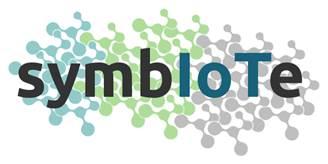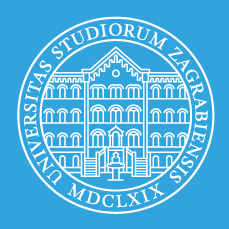
symbIoTe: Symbiosis of smart objects across IoT environments, H2020 RIA project H2020-ICT-2015, no. 688156, (01/2016-12/2018)
UNIZG-FER project role: technical management and workpackage leadership
Open source repository: https://github.com/symbiote-h2020
https://www.symbiote-h2020.eu/
https://middleware.symbiote-h2020.eu/
The H2020 symbIoTe solution for interoperability has a unique positioning within the IoT interoperability space as it is focusing on cross-platform and cross-domain interoperability and has developed the Open Source middleware to extend existing Cloud-based IoT platforms and local smart space IoT solutions with interoperability- and security-related features. It allows multiple platforms to expose resources (sensors, actuators, and IoT services) in a uniform fashion to generate new revenue streams for IoT platform and infrastructure providers, while facilitating the proliferation of innovative IoT applications by reusing the available resources. One of the important symbIoTe design goals was to relieve platform and application developers from the burden of understanding and using semantic web technologies, although they are indeed needed and used by symbIoTe developers to define and describe symbIoTe-enabled IoT resources in a uniform and understandable fashion. The symbIoTe middleware offers the following:
1) IoT Portal with resource registration and search capabilities: it uses semantic web technologies to support a core ontology extendable by domain-specific ontologies, and offers application developers the means to dynamically find adequate resources for their applications;
2) abstraction layer that extends existing platform instances to offer a RESTful API for uniform access to IoT resources with Attribute-Based Access Control (ABAC);
3) Software Development Kits (SDKs) for rapid cross-platform application development;
4) formation of IoT platform federations, to facilitate the platforms’ secure collaboration, search for resources and exchange of resources in a completely decentralized mode of operation, and
5) interoperable smart spaces integrating IoT devices, collocated local platforms, and mobile devices to interwork within the same space, although the devices are managed by different platforms.


